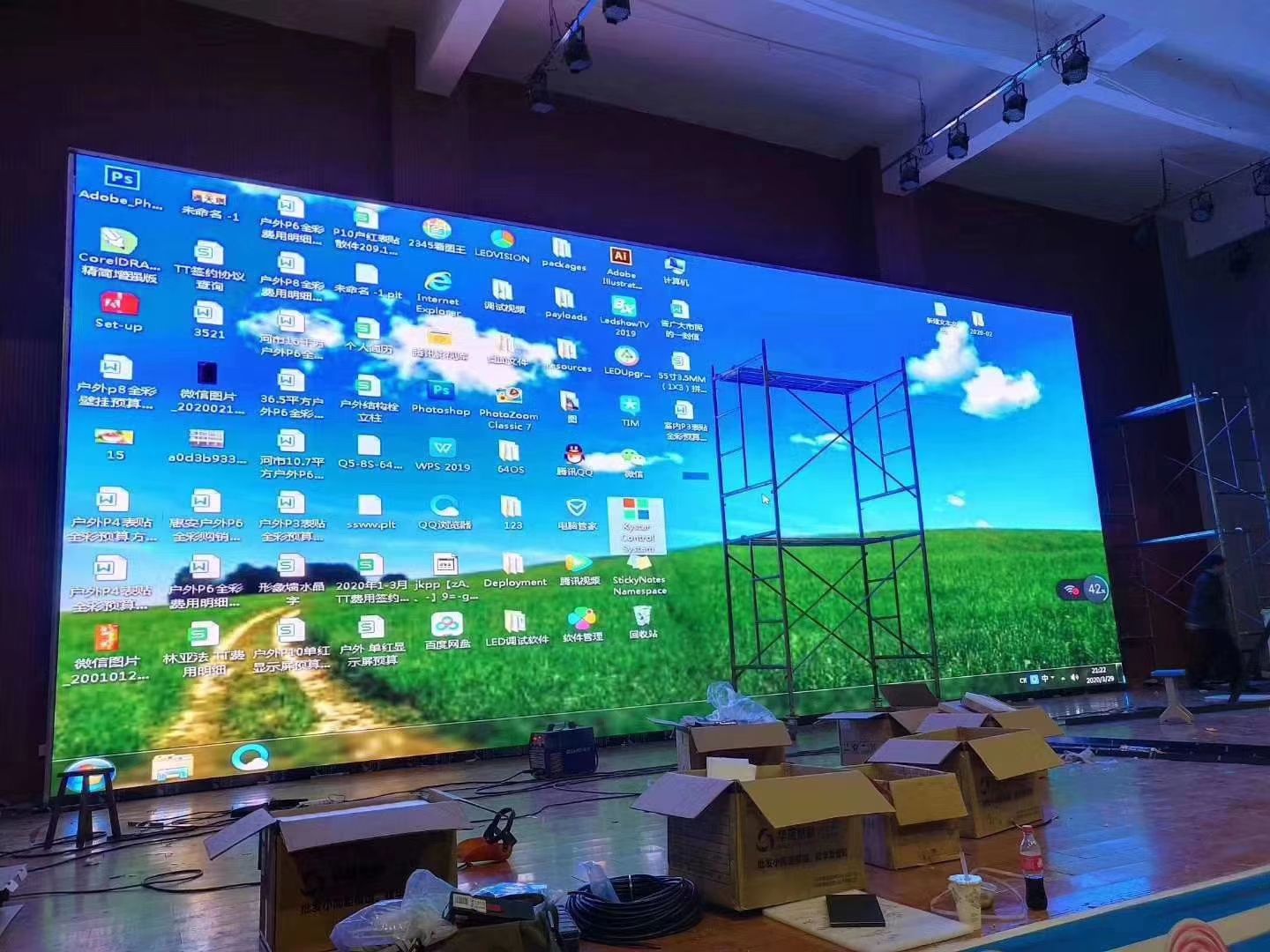When talking about image clarity, it is crucial to consider pixel pitch, which is the distance between the center of one picture element to the midpoint of the next pixel. A smaller pixel pitch results in a higher image clarity, allowing for additional clarity in the visuals displayed. For example, an LED wall with a picture pitch of 1.5mm will offer a sharper visual than one with a picture spacing of 3mm. This is especially crucial in settings where audiences are close to the screen, such as in a small venue or a trade event booth. In these situations, a higher resolution can significantly enhance the observing quality.
Another aspect of image clarity is its impact on color precision and luminosity. LED screens view it with greater resolutions often have better hue reproduction, meaning that the colors displayed are increasingly lively and realistic. This is crucial for applications like marketing, where the objective is to attract attention and communicate a concept efficiently. Additionally, higher image clarity screens can maintain brightness levels even when viewed from various perspectives. This is crucial in large venues where audiences may be positioned at different distances and angles from the screen.

The functionality of LED screens is also influenced by resolution in terms of refresh rates and reaction durations. A higher image clarity screen can support quicker update frequencies, which is essential for dynamic content such as videos and animations. This means that the images on the screen will appear smoother and more fluid, enhancing the overall viewing experience. In contrast, lower resolution displays may struggle with fast-moving content, leading to blurriness or lag. Therefore, for events that depend on dynamic visuals, choosing a display with a suitable resolution is critical.
In conclusion, resolution plays a vital role in defining the functionality and image clarity of LED screens. Elements such as picture spacing, hue precision, brightness, update rates, and response durations all affect how efficiently a screen can communicate data and capture audiences. As technology continues to advance, understanding these elements will help users choose the appropriate LED wall for their specific needs, guaranteeing that they obtain the optimal potential results in their presentations and events.